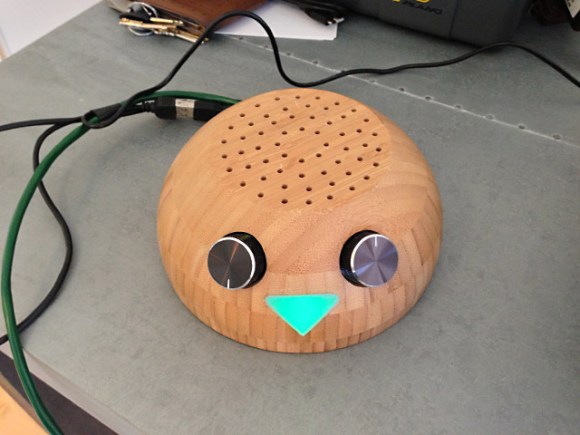 Behind a nondescript loading dock in Brooklyn stands a normal looking brick building. Go up 3 narrow flights of stairs – you’ll find yourself at the door to the awesome known as NYC Resistor. Last Saturday, NYC Resistor held their 5th Interactive Show, and Hackaday was there! Much like the city it calls home, the Interactive Show is a melting pot. This particular pot is filled with NYC Resistor members (and the public) showing off their projects, NYU’s Tish School ITP students displaying their interactive art, and a good heaping portion of old fashioned hacker partying.
Behind a nondescript loading dock in Brooklyn stands a normal looking brick building. Go up 3 narrow flights of stairs – you’ll find yourself at the door to the awesome known as NYC Resistor. Last Saturday, NYC Resistor held their 5th Interactive Show, and Hackaday was there! Much like the city it calls home, the Interactive Show is a melting pot. This particular pot is filled with NYC Resistor members (and the public) showing off their projects, NYU’s Tish School ITP students displaying their interactive art, and a good heaping portion of old fashioned hacker partying.
Continue reading “NYC Resistor Heats Up The Big Apple With The 2014 Interactive Show”

















